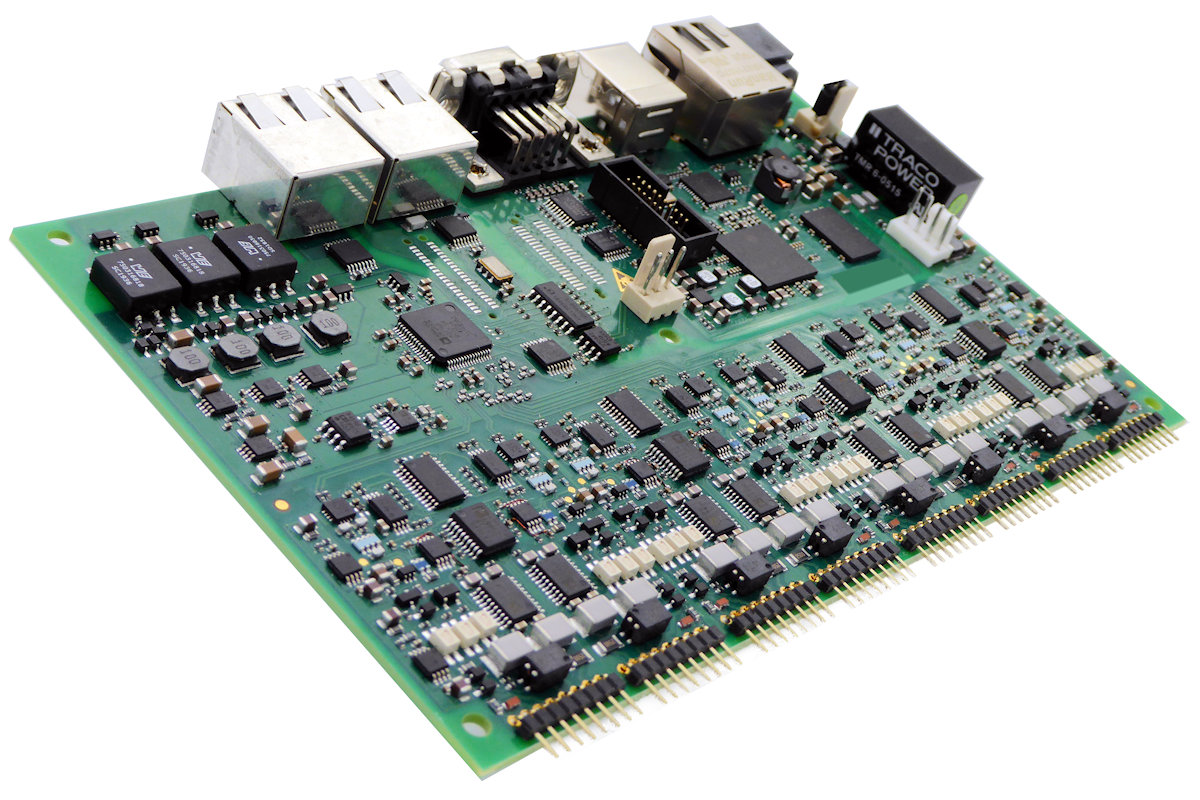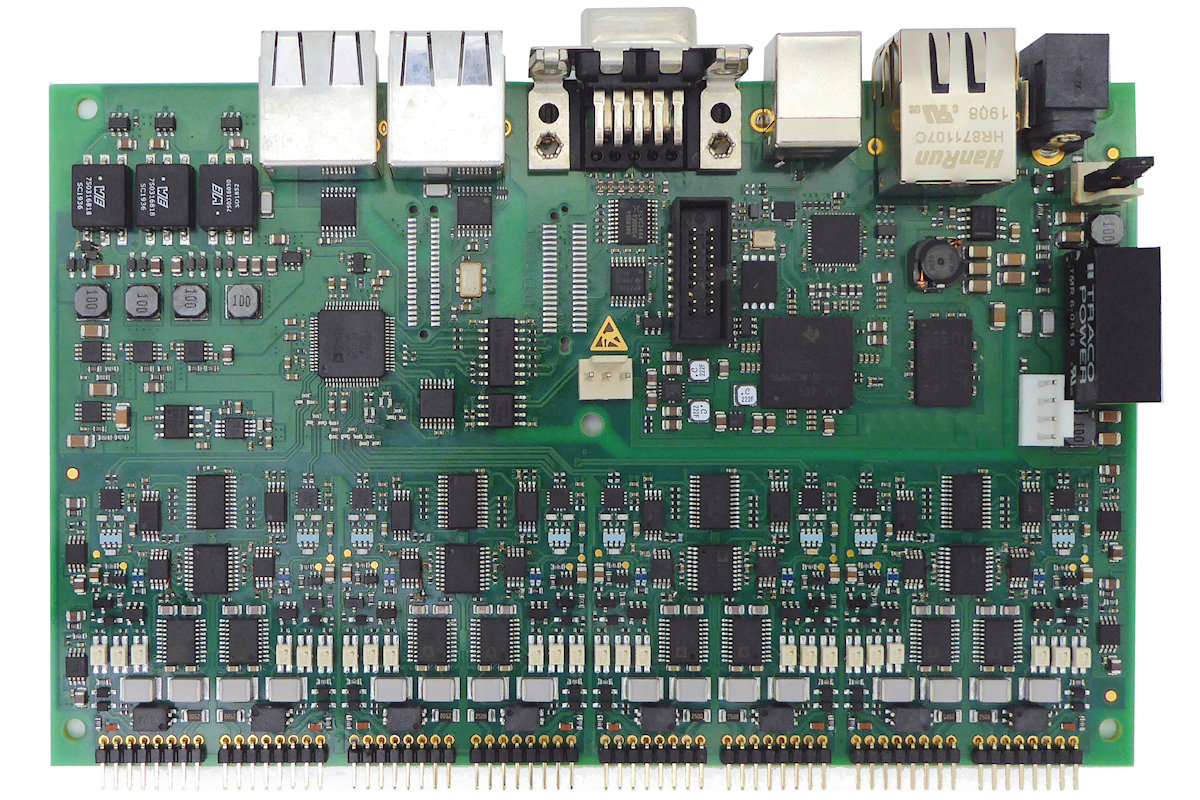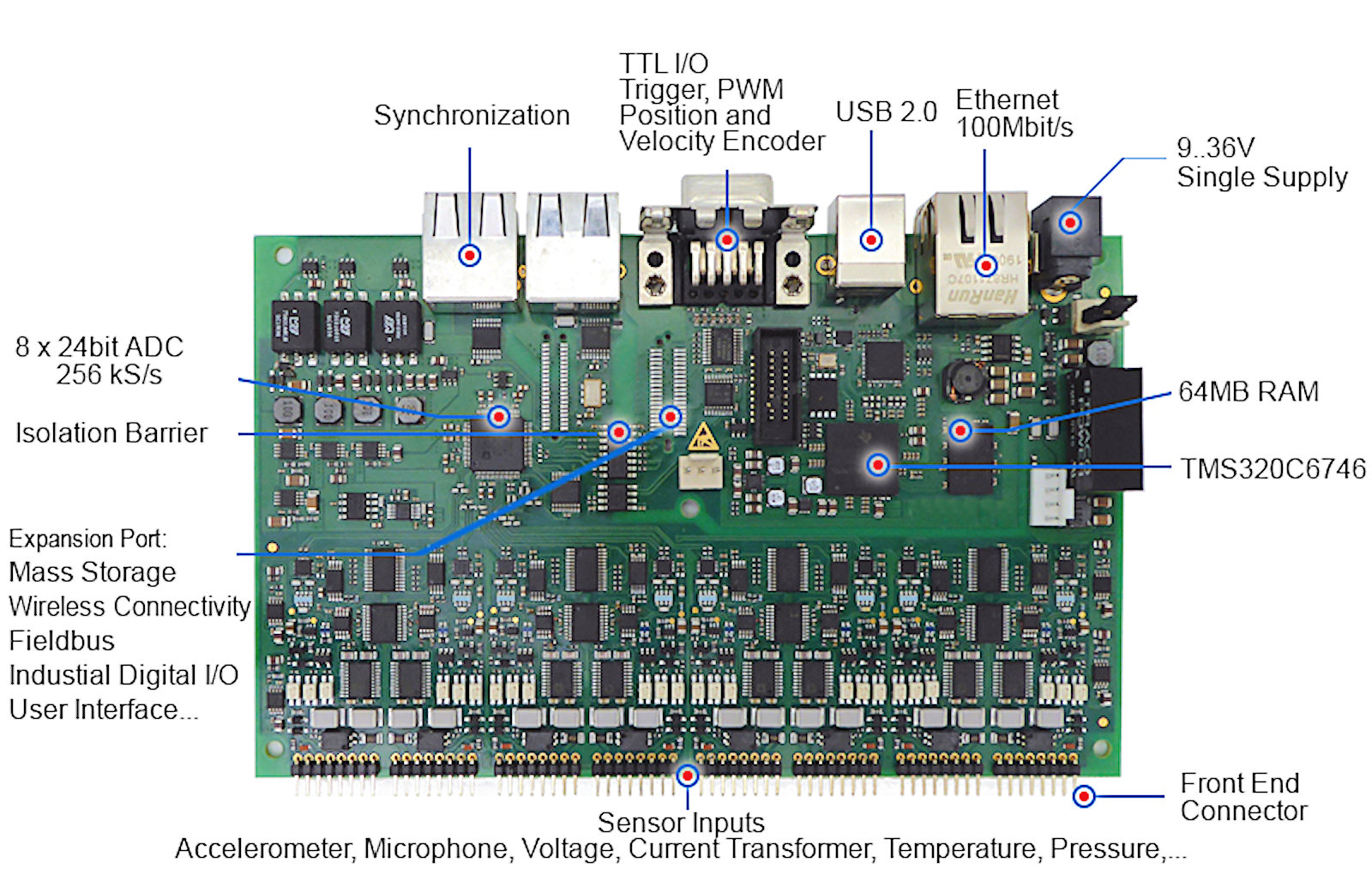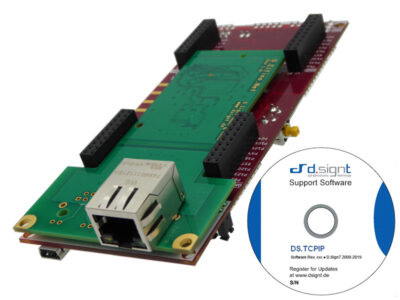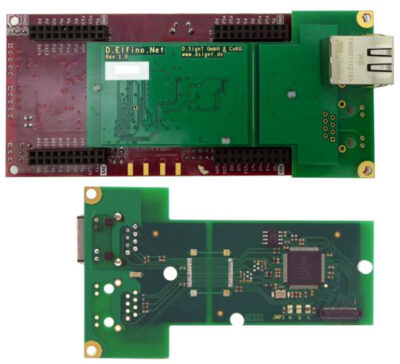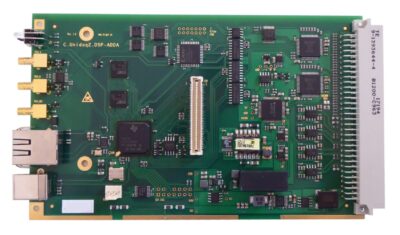Description
For many applications, in addition to the primary measurement signals, process variables such as rotation speed and angle, temperature, pressure and power must be recorded and evaluated. UniDAQ4’s universal inputs accept voltages, vibration sensors and microphones, as well as 4-20 mA current loops for auxiliary signals. The robust electrical design ensures precise resolution of the smallest signal details even in harsh industrial environments.
Another advantage : You can easily integrate UniDAQ into your existing infrastructure with add-ons on the expansion port: Fieldbuses, industrial networks, storage media, wireless communication as well as a user interface can be easily implemented. This makes UniDAQ particularly suitable for applications requiring a combination of various devices for data acquisition, processing and communications.
Due to its powerful digital signal processor, UniDAQ can also perform tasks as a stand-alone-device, from data pre-processing to complex numerical analysis – as an alternative to data streaming via USB or Ethernet and post processing on an external PC. A comprehensive C library is available for DSP programming, covering device configuration, data acquisition and communication.
The UniDAQ4 proves a high degree of flexibility for a wide range of use cases, thereby avoiding integration hassles and saving costs.

